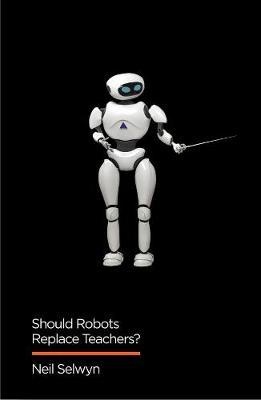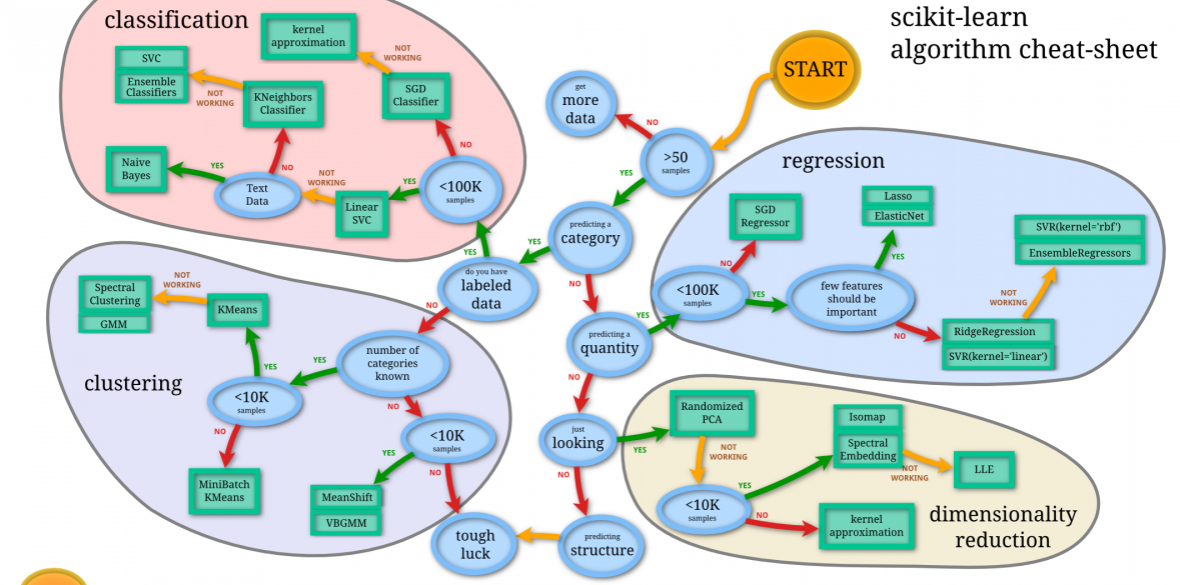This is the last article you can read this month
You can read more article this month
You can read more articles this month
Sorry your limit is up for this month
Reset on:
Please help support the Morning Star by subscribing here
Should Robots Replace Teachers?
by Neil Selwyn
(Polity Press, £9.99)
THE QUESTION posed by this book’s title remains unanswered as the final page is turned. This is intentional, because Neil Selwyn’s purpose is not to make definitive judgements about educational technology but to encourage readers to shift their focus from the capability of digital tools to the needs of human beings.

He’s also keen to challenge hype about the inherently empowering nature of “disruptive” technologies.
Drawing on the ideas of philosopher John Dewey, Selwyn emphasises the critical role of education in extending democracy and asks what we really want education to achieve. He considers the developments of physical robots, intelligent tutoring systems and administrative technologies, reflecting on their history, application and prospects.
In each case, he assesses the cultural and economic drivers for the technology and questions the purpose of substituting automated processes for human factors in a uniquely human-centred undertaking.
In the chapter on physical robots, Selwyn explores the cultural factors leading to the rise of robot teachers in Japan and raises significant concerns about the level of manipulation, deception and invasive data-gathering needed to design safe and reassuring interactions between children and machines.
In his consideration of “intelligent tutoring” the author highlights the flawed nature of the interactivity promised by marketers of AI-based learning. While synthetic learning offers new experiences, these are necessarily constrained, with their limitations determined by the intentions and values of the commissioners and producers of the technology.
Selwyn’s critique of digital administration raises questions about whether the personal characteristics of learners determine the extent to which they benefit from technologies and whether teachers will gain more varied and flexible roles from this development or face deskilling and redundancy.
His most significant concern is that rather than meeting needs, our tools will shape our behaviour and determine the way we are treated by companies and governments.
The book acknowledges the imperfect nature of contemporary teaching – there is always room for a new approach – but proposes that we abandon stale arguments about the pros and cons of educational AI.
Instead, we need to consider what education is, what we want it to achieve and how technology can support the learning we have defined.
Early in the book, Selwyn suggests the sophistication of AI tools and techniques makes them “unfathomable” to non-experts. If we are to respond to his clarion call to join the debate on transforming education, a more detailed insight into how the technology works is essential and that’s beyond the scope of Selwyn’s terse but informative book.
But he does provide helpful references in respect of this and Should Robots Replace Teachers? is a vital first step towards reclaiming the design of education from marketers, programmers and cognitive scientists.











